Directed by Shari Springer Berman and Robert Pulcini, Things Seen and Heard is based on the novel by Elizabeth Brundage, All Things Cease to Appear – which is loosely inspired by a real crime.
In the film, we follow the lives of George Clare (James Norton), his wife Catherine (Amanda Seyfried) and their daughter Franny (Ana Sophia Heger), as their family of three move away to a large farm house in New York. The move is to accommodate George’s new position of lecturer at an art college.
Love affairs, ghosts and murder are all to follow as their old, 19th century house reveals itself to have a haunted presence and a murderous history. With Catherine as our heroine, we learn more about this dark past and her sinister husband George.
As with a lot of gothic ghost stories, the focus of the film is on setting the mood, exciting tension and establishing characters rather than a very action-based, fast-paced plot. Reminiscent of other gothic tales like The Woman in Black, Things Heard and Seen is abundant with typical clichés of the ghost story world. The house they move to is an isolated 1800’s property and when the ghostly presence appears, a rocking chair and self-playing piano kick into swing to really get the heart pumping.
But what makes this one different from other films of this genre that I’ve seen, is the switch of perspective and attitudes towards the ghosts as the film progresses. I was hiding behind a cushion at the start and by the end I was perversely comforted by the ghost we saw as she turned out to be a force for good.
Things Seen and Heard challenges preconceived expectations of ghosts and sheds light on how ghosts are perceived by different people with different views. The ghosts are in fact welcomed in the form of a séance at one stage, in a scene of high tension and excitement.
The film articulates sexist power imbalances in marriage. Catherine is forced to give up her own livelihood and watch her husband flourish in his lecturing position, while she is the true artist and talent of the relationship. Sacrificing her Manhattan lifestyle with her friends and family, Catherine begins to feel lonely and trapped in the new isolated, countryside environment. She is denied a certain agency over her own life and this leaves her with a sense of claustrophobia from the start.
Set in 1980, the costume and furnishings of the set are illustrative of this time. The time setting of the 80’s exacerbates feelings of isolation and powerlessness. At that point, communication was restricted with mobile devices not yet commonplace, and I think this only intensifies the loneliness and helplessness of character Catherine.
A central theme of Things Seen and Heard is the idea of good vs evil, ascension to heaven and damnation to hell. A good natured person will attract the goodness of dwelling spirits whereas a person with evil intent will attract and encourage evil. As well, the idea that good will always triumph over evil is a significant message of the plot.
Warning: Spoilers ahead!
As we learn more about the character of George, we see his cheerful, supportive and family-orientated façade fade away and a deceitful, duplicitous, fraudulent man take his place. The unravelling of his character through the story and the worsening of his actions lead us to question whether he is inherently evil or has been influenced by a toxic spiritual guide, given that we hear the ghost of the husband who previously owned the house whispering in an attempt to persuade George to follow in his evil footsteps – to make history repeat itself.
James Norton’s characterisation of George is successful in showing his two-faced nature: the side the public sees and his inner evil. The distinction between the two sides of his personality is chilling and the gradual deterioration of his character is artfully portrayed.
As for Amanda Seyfried’s Catherine, she is a far cry from the exuberant and youthful Sophie from Mamma Mia. Her character shows a high level of maturity and Seyfried’s characterisation of motherly protectiveness is striking.
Actors Natalia Dyer of Stranger Things (Willis Howell), Alex Neustaedter (Eddy Vayle) and Rhea Seehorn (Justine Sokolov) all play vital roles in keeping the film engaging as well.
On a critical note, one thing I noticed throughout the film was a lack of cohesiveness. A particular scene that appeared to have no relevance to the plot was a dream of Catherine’s when she pulls a slimy, repulsive, unearthly creature from her kitchen sink plughole. Now this may well have been a reflection of the absurdity of dreams and their indirect correlation with reality, but even so, it felt really out of place and meaningless. We never saw that strange creature again!
Much like art itself, which was a huge focus in the plot, the film left a lot up to the viewers in terms of interpretation. In particular, in the last scenes there was much more abstract story than explicit narrative. However, where the narrative is not explicit, it is at times confusing. With multiple ghostly residents, I feel the stories of the house are never clearly explained and this left me slightly puzzled.

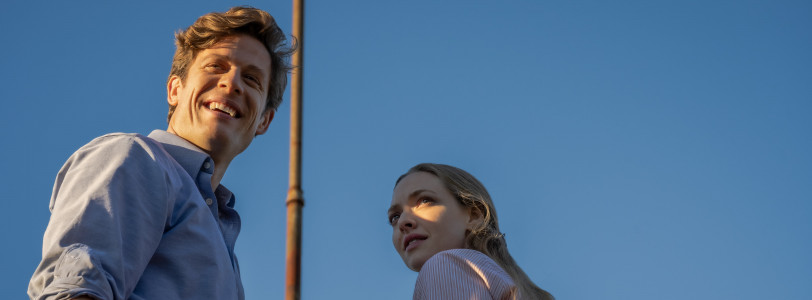
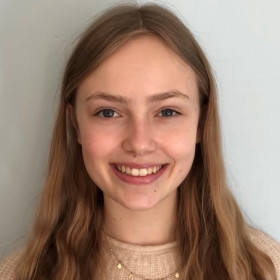

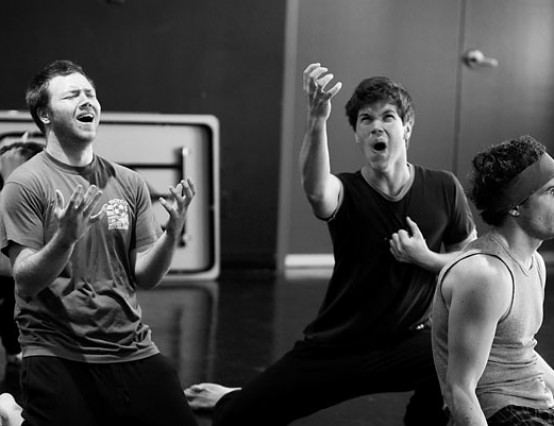
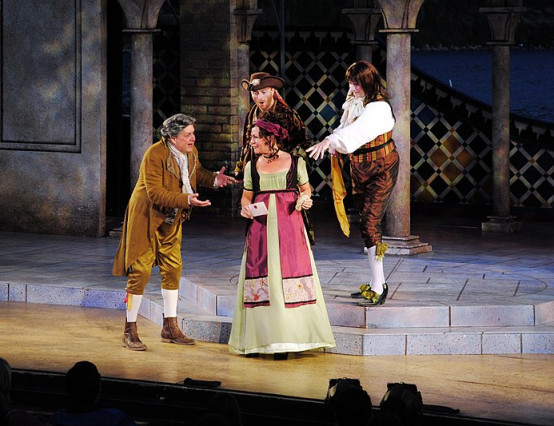
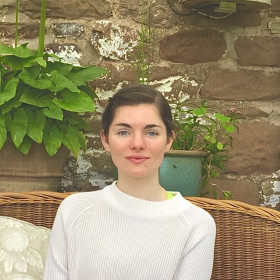



wonderful review - this has made me keen to watch it myself - always keen for a new take on a classic genre!